| Posted on | entertainment
Exploring The Beauty of Indian Culture | Flavours and Stories
| Posted on
The Indian way of life is extraordinarily stunning, a tapestry of shiny rituals, deep records, and an extensive variety of traditions. This first-rate legacy, which dates back thousands of years, includes the beauty of Indian culture can be visible in its gala, architecture, art, song, dance, and, most importantly, its delectable food, which spans from the tranquil backwaters of Kerala from the north to the south, spanning the majestic Himalayas. The actual beauty of Indian culture lies in its traditions, lifestyle, historical places, food, dress, mythological beliefs and so on.
A Mosaic of Traditions
Beauty of Indian culture is specifically fascinating because of its capability to eloquently combine traditional customs with modern influence. The beauty of Indian culture is in its various, with many languages, faiths, and ethnic corporations living side by facet. The state's fairs, which are widely loved, are a clear instance of this blending of cultures.
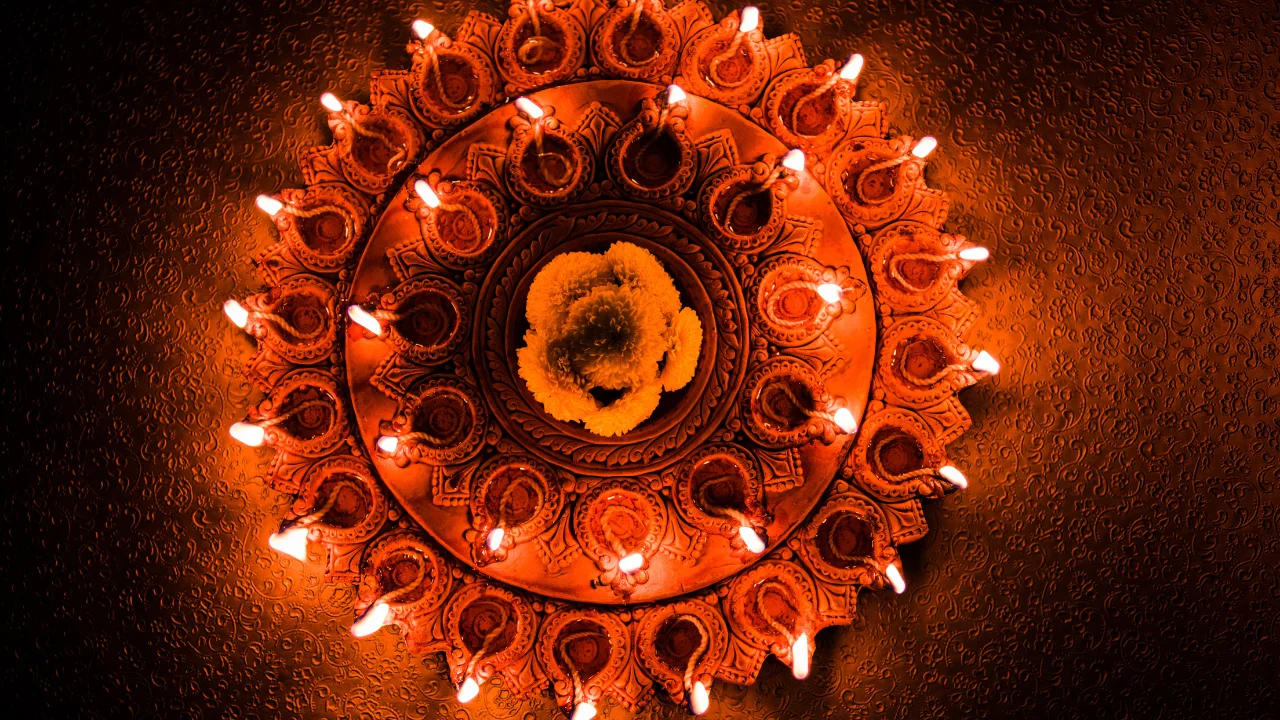
For example, Diwali, the festival of lighting, is marked through the lights of lamps, the taking pictures of fireworks, and the sharing of candies. It represents the victory of right over evil. Comparably, Holi, also referred to as the competition of colours, is a colourful party of springtime for the duration of which participants play with water and coloured powder. These celebrations honour the virtues of harmony and solidarity in addition to showcasing the beauty of Indian culture.
Indian Dressing Culture
Indian conventional apparel is another extraordinary way to exhibit the splendour beauty of Indian culture. Indian garb lifestyle is described by way of a considerable array of garments, every with a wonderful means and aesthetic. Women get dressed tastefully in sarees, which might be six to nine yards long and wrapped around the body. Its variations in cloth, coloration, and pattern showcase India's nearby variety. Men frequently get dressed in comfortable but fashionable kurta-pyjamas or dhoti-kurta.
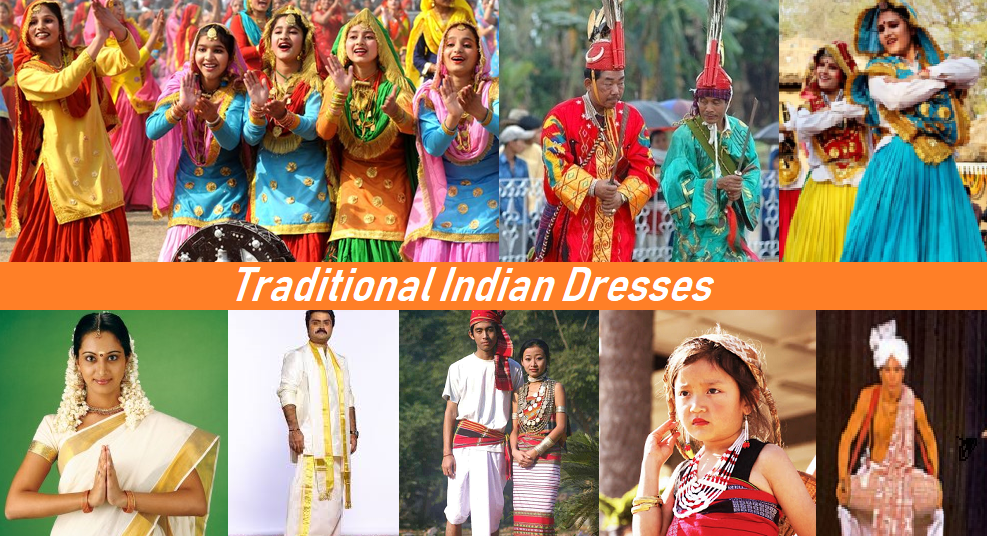
Cultural garb in India has profound cultural and religious importance in addition to being aesthetically desirable. For instance, the pagdi, or turban, worn in Punjab and Rajasthan, is a sign of recognition and dignity. These conventional garments, worn at weddings, festivals, and different special occasions, are evidence of the beauty and enduring attraction of Indian culture.
The Culture of Food in India
Food delicacies are an important thing of beauty of Indian culture. India's meals lifestyle is a pleasing voyage via a huge kind of tastes and cooking customs. It is an integral part of beauty of Indian culture. Indian food is well known for the use of quite a few spices and herbs, which no longer simply improve flavour but also offer a bunch of fitness blessings. The geographic diversity and historical effects of India are reflected within the cuisine tradition.
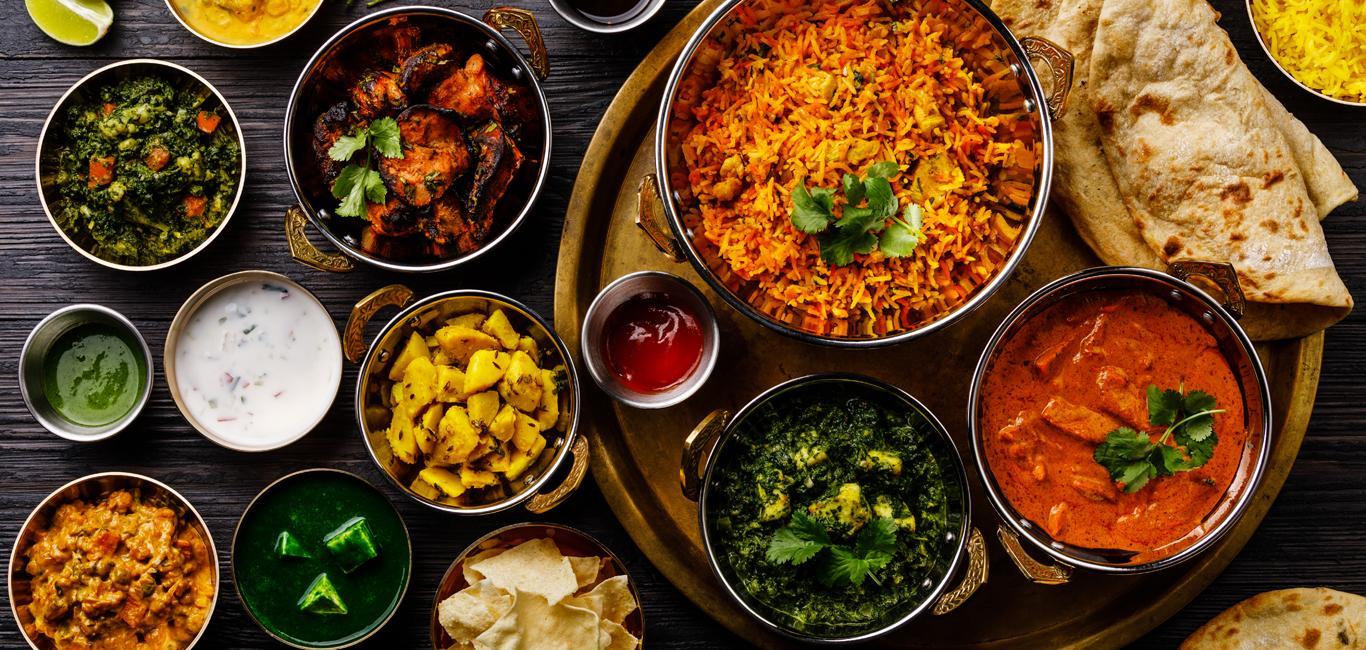
Every Indian region has an awesome culinary identity. While the south is known for its dosa, idli, and sambar, the north is known for its butter bird, naan, and biryani. The West serves delectable substances like pav bhaji and dhokla, while the East is famed for its sweets like rasgulla and sandesh. These ethnic cuisines showcase the beauty of Indian culture through their harmonious fusion of flavours and cooking methods.
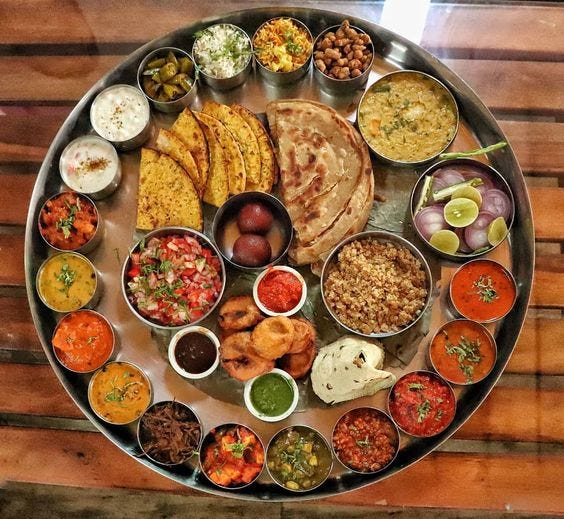
Stories and Legends
The stories and legends passed down through the while add to the beauty of Indian culture. Indian mythology, with its sizeable pantheon of gods and goddesses, epic tales, and ethical precepts, significantly impacts the state's cultural ethos. The Ramayana and the Mahabharata, two ancient epics, are not among the best pieces of literature, but they also shed light on the principles and ideals that guided Indian civilization and adds to the beauty of Indian culture.
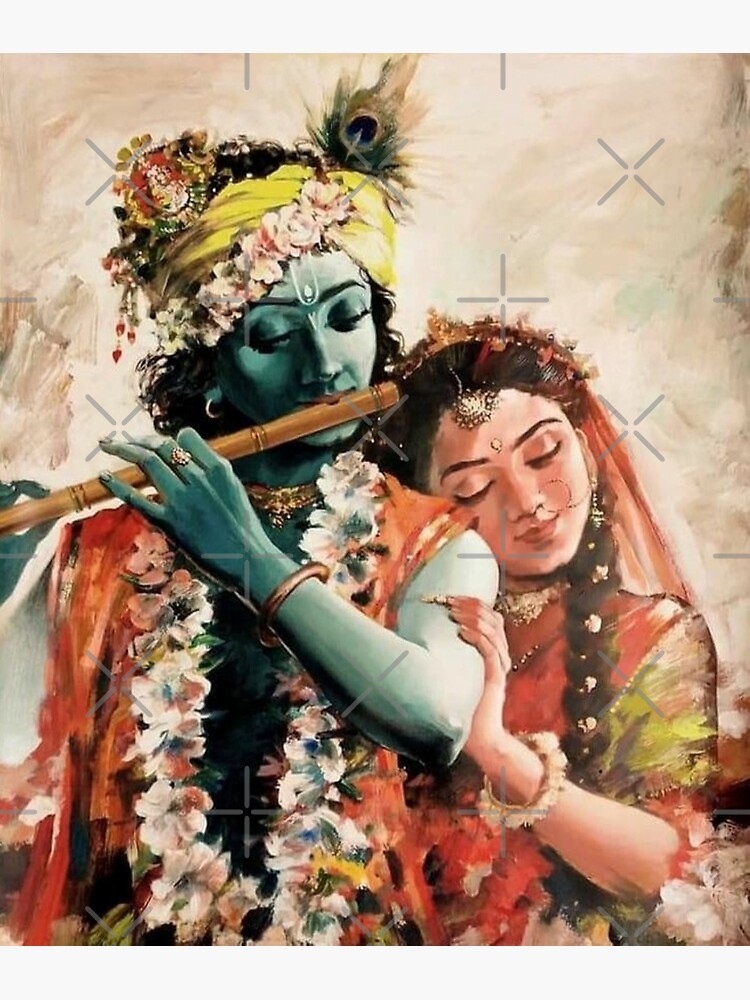
These testimonies are often portrayed in several creative mediums, which include theatre, tune, and classical dance. Using complex gestures and facial feelings, classical dance styles like Odissi, Kathak, and Bharatanatyam tell these epic stories. These performances highlight the beauty of Indian culture by fusing creative expression with spiritual devotion.
Examining some captivating beauty of the Indian way of life is some other way to comprehend the splendour of the Indian lifestyle. For example, India is the second most populous country within the global and domestic to the biggest democracy in the global. It is known for its rich culture, historical places, and thousands of stories behind it. With more than 1,600 dialects and 22 formally recognized languages, it has a wealthy linguistic past. The Taj Mahal, one of the Seven Wonders of the World and a UNESCO World Heritage Site, is most of the architectural wonders of India which might be well-known.
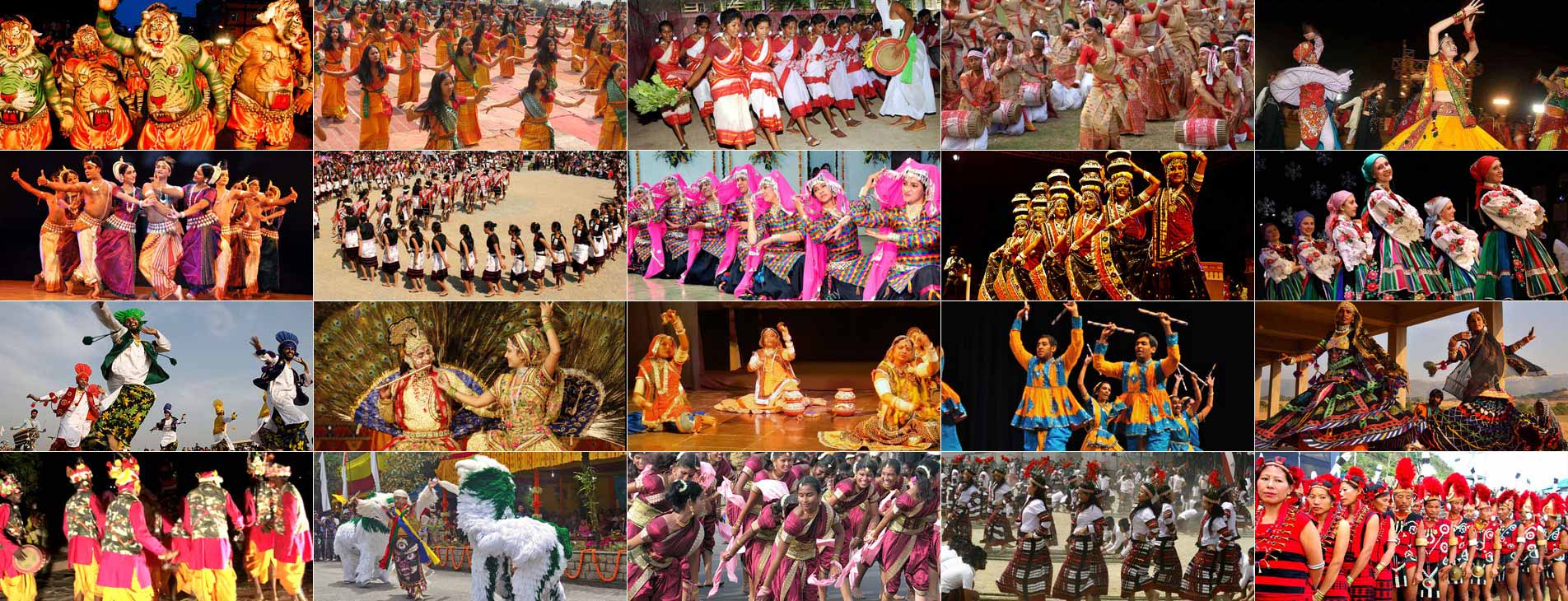
In summary, the wealthy dynamic fusion and beauty of Indian culture, rituals, and values is what makes the Indian way of life so stunning. Indian lifestyle gives an array of exciting stories that by no means stop enchanting and inspiring, from its varied culinary pleasures and conventional attire to its fascinating fairs and ageless memories. Indian tradition is stunning because it is adaptable and sturdy, contributing to the worldwide cultural scene even while retaining its wealthy legacy.
The beauty of Indian culture is not only best in its material manifestations but additionally inside the unwavering togetherness, love, and respect that unite its people. We come to recognize the range and richness that represent this amazing civilization even more as we delve deeper into the beauty of the Indian lifestyle. The beauty of Indian culture is a celebration of life itself, whether or not it be through its cuisines, customs, or tales. It invitations us to revel in and appreciate the rich colours of this remarkable tapestry.
0
0 Comment
university.nakul@gmail.com | Posted on
India, the land of ancient traditions and lifestyle customs, offers a breathtaking insight into the beauty of Indian culture. This cultural tapestry, woven with threads of diverse languages, religions, and customs, represents a civilization that has evolved over thousands of years. From the intricate designs of Indian clothing to the rich and varied flavors of its cuisine, the beauty of Indian culture is a captivating journey through history and heritage.
The Beauty of Indian Culture Through Clothing
One of the most visible manifestations of the beauty of Indian culture is its traditional clothing. Indian clothing culture is a vibrant and dynamic expression of its history and diversity. Each region of India has its own unique designs and fabrics, reflecting local customs and traditions.
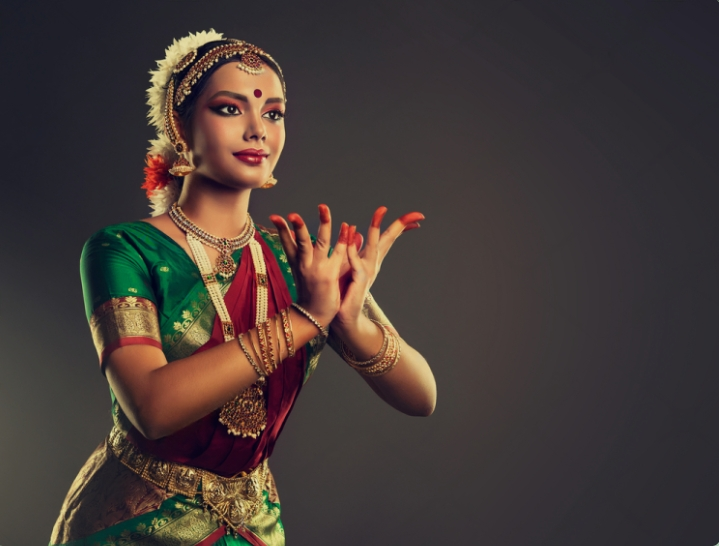
Traditional attire across India
1. Sari: The sari, a timeless garment, represents the elegance of Indian dress culture. This piece of unstitched fabric is usually 6 to 9 meters long, hung in many different designs depending on the region. The beauty of Indian culture is evident in the intricate embroidery, patterns and choice of fabrics, from silk to cotton.
2. Salwar Kameez: Originating in North India, the salwar kameez is a popular choice among women. This attire consists of a long tunic (kameez) and pants (salwar), often paired with a matching scarf or shawl (dupatta). It combines comfort and tradition, showcasing the beauty of Indian culture through intricate patterns and regional variations.
3. Lehenga Choli: This traditional attire is a must-have for festivals and weddings. The lehenga, a skirt-like garment, is paired with a choli (blouse) and is often decorated with heavy embroidery. The beauty of Indian culture shines through the exquisite craftsmanship and vibrant colors used in these garments.
4. Dhoti and Kurta: For men, the dhoti is a classic garment worn for centuries. Paired with a kurta, this outfit captures the essence of traditional Indian clothing culture. The simplicity and elegance of the dhoti represents the beauty of Indian culture in its purest form.
Regional Variations
The beauty of Indian culture is also reflected in regional variations in dress. In the northeastern states, traditional dress often features unique designs and weaves, while in the southern states, intricate silk saris and temple jewellery are prominent. Each region's clothing style tells a story, influenced by climate and culture.
1. Food Culture in India
Indian cuisine is a fascinating exploration of the beauty of Indian culture. Indian food culture is characterised by a diversity of flavours, ingredients and cooking techniques. Each region has its own culinary traditions, contributing to a rich and diverse culinary landscape.
2. Regional Cuisines
North Indian Cuisine: Known for its spicy, rich flavors, North Indian cuisine includes dishes like butter chicken, biryani, and naan. The beauty of Indian culture is evident in the use of aromatic spices and the variety of vegetarian and non-vegetarian options.
3. South Indian Cuisine: Known for its use of rice and lentils, South Indian cuisine includes dishes like dosa, idli, and sambar. The emphasis on fermented foods and coconut reflects the beauty of Indian culture and its adaptation to local ingredients and tastes.
4. East Indian Cuisine: This region is famous for its sweets and seafood. Dishes like macher jhol (fish curry) and rasgulla showcase the beauty of Indian culture through the use of local ingredients and traditional cooking methods.
5. West Indian Cuisine: From the spicy dishes of Gujarat to the seafood specialties of Goa, West Indian cuisine showcases the beauty of Indian culture and regional diversity. Popular dishes include dhokla, pav bhaji and vindaloo.
6. Food and Festivals
Indian festivals often revolve around food, further illustrating the beauty of Indian culture. Festivals like Diwali, Holi, and Eid bring people together to celebrate with a feast of traditional food. Preparing and sharing these meals is an integral part of cultural celebrations, reflecting the importance of community and tradition.
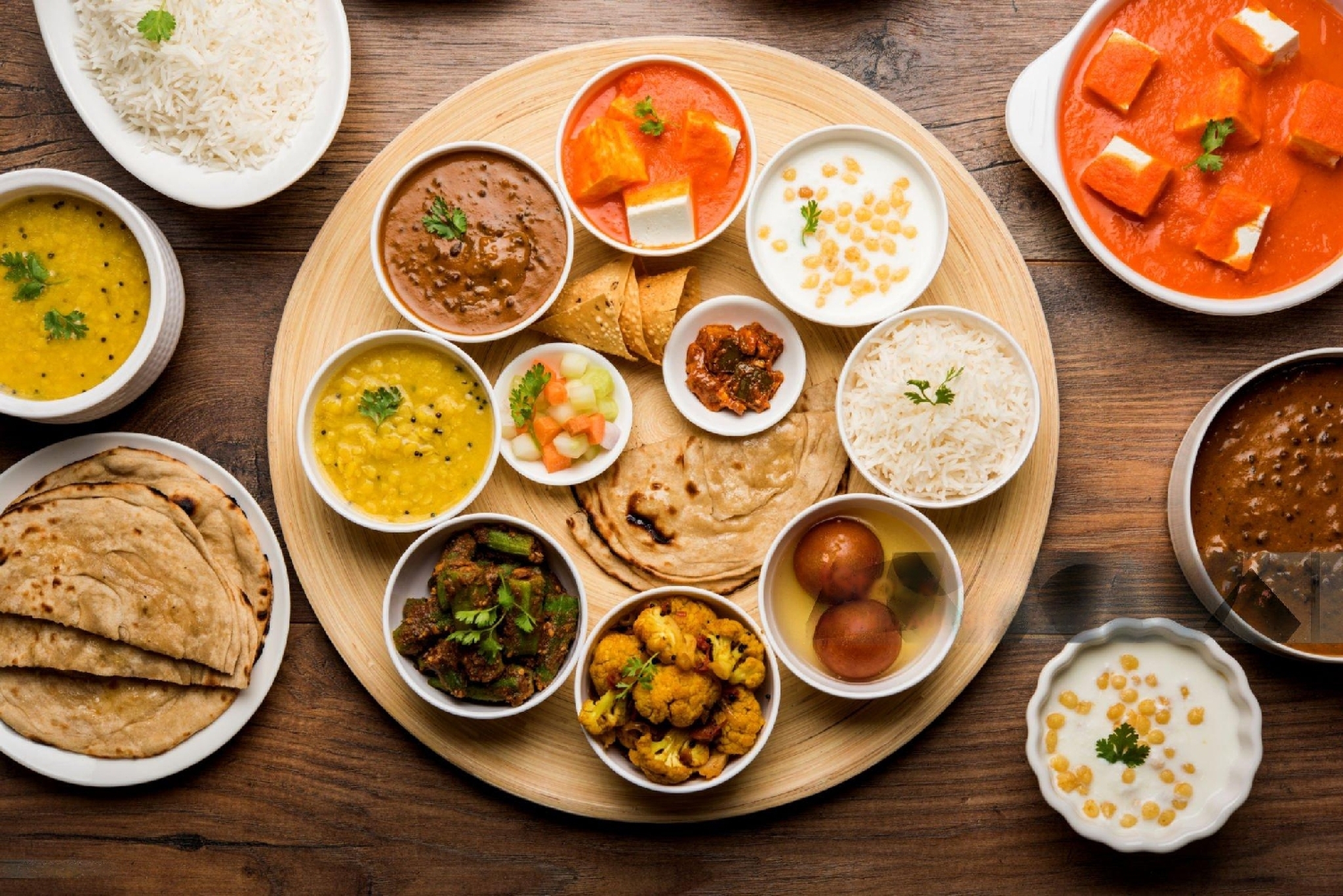
Indian food culture: more than just a meal
Indian food is more than just a meal; it is a cultural experience that reflects the essence of the beauty of Indian culture. From the ritual preparation of meals to the communal dining experience, food plays a central role in socio-cultural activities.
1. Rituals and traditions
Food preparation in India is often accompanied by rituals and traditions that reflect the beauty of Indian culture. For example, in many homes, meals are prepared with specific prayers and offerings to ensure that the food is prepared with love and respect.
2. The role of spices
Spices are an integral part of Indian cuisine and highlight the beauty of Indian culture and its emphasis on taste and health. Spices such as turmeric, cumin and coriander are used not only for flavor but also for their medicinal properties, reflecting a deep understanding of the relationship between diet and health.
3. The communal aspect
In Indian culture, sharing a meal is a communal activity that strengthens social bonds. The tradition of eating together, whether in a family setting or during celebrations, highlights the beauty of Indian culture and the importance of community and unity.
Cultural Significance of Indian Arts and Crafts
The beauty of Indian culture is also expressed through arts and crafts, which include many traditional practices that have been passed down from generation to generation. These artistic expressions are not only aesthetically pleasing but also have deep cultural significance.
1. Traditional Art
Madhubani Paintings: Originating in Bihar, Madhubani paintings are known for their vibrant colors and intricate designs. The beauty of Indian culture is reflected in the themes of mythology, nature, and everyday life depicted in these paintings.
Warli Art: This tribal art form from Maharashtra uses simple geometric shapes to depict everyday life and nature. The beauty of Indian culture is reflected in the minimalist yet expressive nature of Warli art.
2. Crafts and Handicrafts
Indian crafts, such as pottery, weaving, and embroidery, are testaments to the beauty of Indian culture. Each craft has its own regional style and techniques, reflecting the richness and diversity of India's cultural heritage.
3. Performing Arts
Classical Indian dance forms such as Bharatanatyam, Kathak and Odissi showcase the beauty of Indian culture through expressive movements and intricate choreography. These dance forms are not only artistic but also serve as a medium for storytelling and preserving cultural traditions.
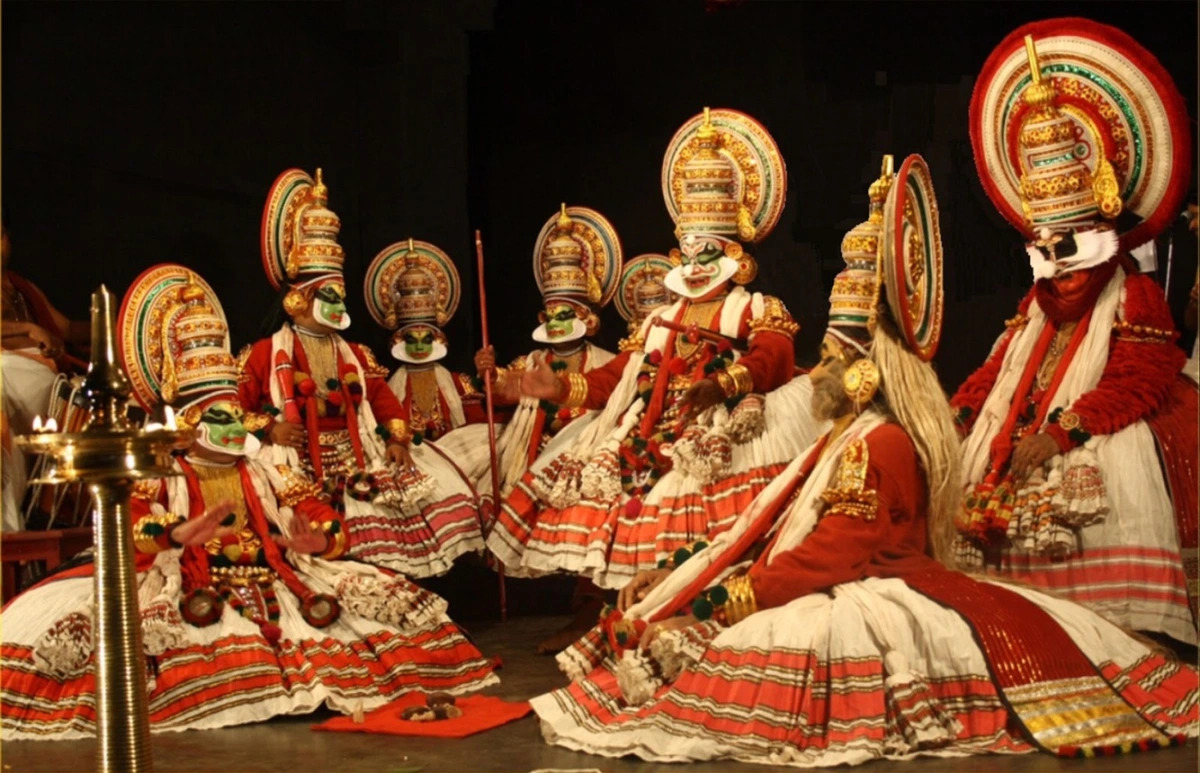
Impact of Indian Culture on Modern Society
The beauty of Indian culture is not limited to traditional practices but also influences modern society in various ways. From Bollywood movies to international cuisine, Indian culture has made a significant impact on the world stage.
1. Global influence
Indian cuisine, with its diverse flavors and ingredients, has gained international fame and has become a staple in many countries. The beauty of Indian culture is evident in the global popularity of dishes like curries, biryanis and samosas.
2. Bollywood and Entertainment
Bollywood, the Indian film industry, has become a major cultural export, showcasing the beauty of Indian culture through vibrant storytelling, music and dance. Bollywood films have a global audience and contribute to the international appreciation of India's cultural heritage.
3. Fashion and Design
Indian fashion designers are making their mark on the global stage, incorporating traditional elements into modern designs. The beauty of Indian culture is expressed through the fusion of traditional and modern styles, creating unique and innovative fashion trends.
Conclusion
The beauty of Indian culture is a multifaceted and dynamic tapestry that spans centuries of tradition and innovation. From diverse clothing styles and rich culinary traditions to vibrant art and global influences, Indian culture offers a fascinating journey through its heritage and practices. Exploring the beauty of Indian culture allows us to better understand and appreciate this ancient and ever-evolving civilization.
0
0 Comment
India is a land of immense diversity, rich heritage, and vibrant traditions, all of which contribute to the Beauty of Indian Culture. This culture, known for its vivid colors, intricate customs, and profound spirituality, is celebrated through numerous festivals and practices that have been passed down through generations. The Beauty of Indian Culture lies in its ability to bring people together, irrespective of their backgrounds, through shared celebrations and values. Let's explore this magnificent cultural tapestry by diving into some of India's most cherished festivals, particularly Holi and Raksha Bandhan, and other significant cultural festivities.
Holi: The Festival of Colors
One of the most iconic representations of the Beauty of Indian Culture is Holi, also known as the Festival of Colors. Celebrated in the spring, Holi marks the victory of good over evil and the arrival of spring, symbolizing rebirth and renewal.
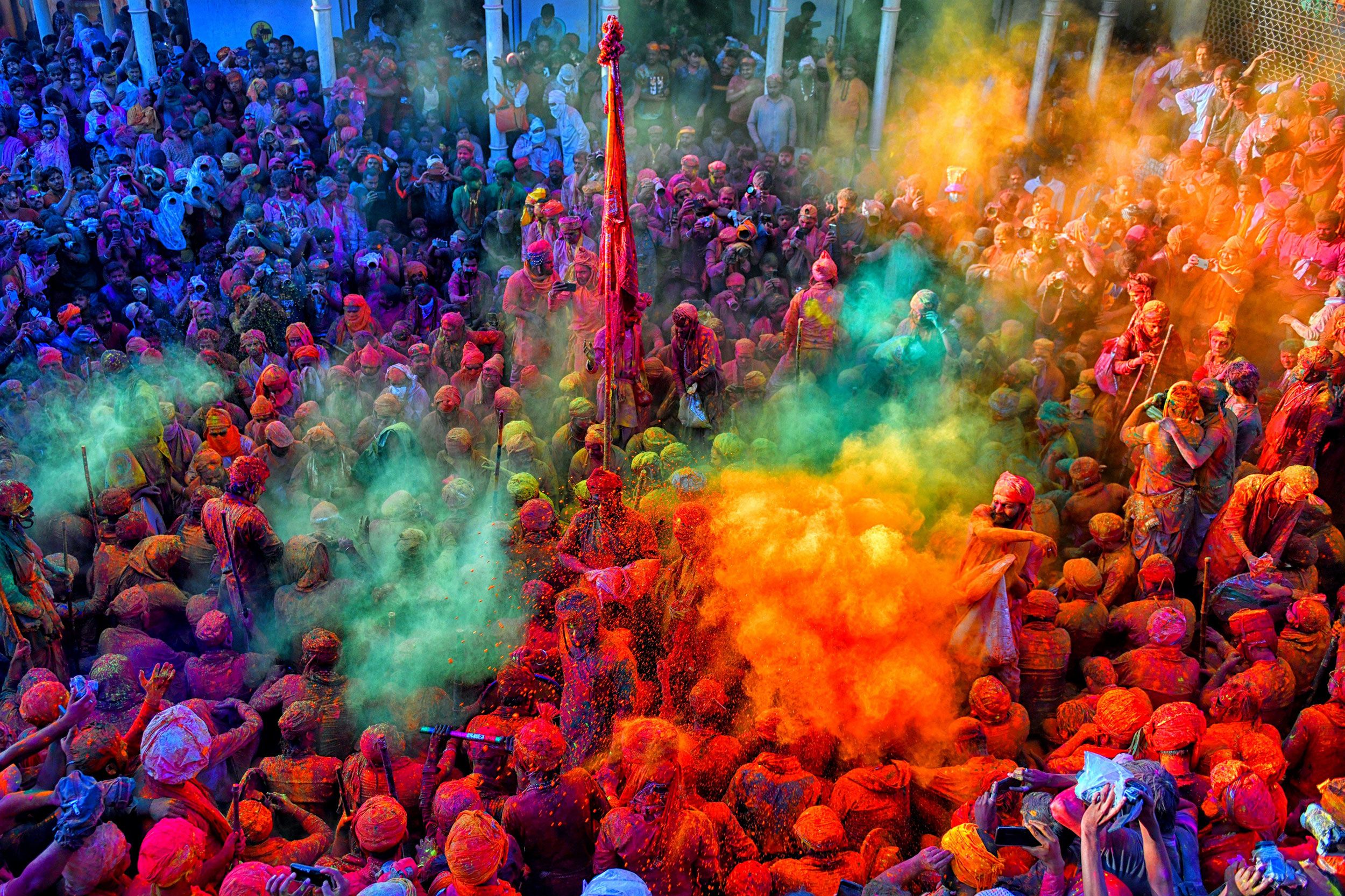
Holi is celebrated with an exuberance that is unmatched. On this day, people of all ages come together to smear each other with colored powders and drench each other with water. Streets, homes, and public spaces burst into a riot of colors, embodying the joyous spirit of the Beauty of Indian Culture. Traditional sweets like gujiya and beverages like thandai add to the festive cheer, making Holi a delightful gastronomic experience as well.
The significance of Holi goes beyond mere revelry. It is a time when social barriers are broken, and people from all walks of life celebrate together, reflecting the inclusive and harmonious essence of the Beauty of Indian Culture. The festival also includes singing and dancing to traditional folk songs, making it a true cultural extravaganza.
Raksha Bandhan: Celebrating Sibling Bonds
Another beautiful festival that epitomizes the Beauty of Indian Culture is Raksha Bandhan. This festival celebrates the unique bond between brothers and sisters. The name Raksha Bandhan translates to 'the bond of protection,' and it is marked by sisters tying a sacred thread, known as a rakhi, around their brothers' wrists.
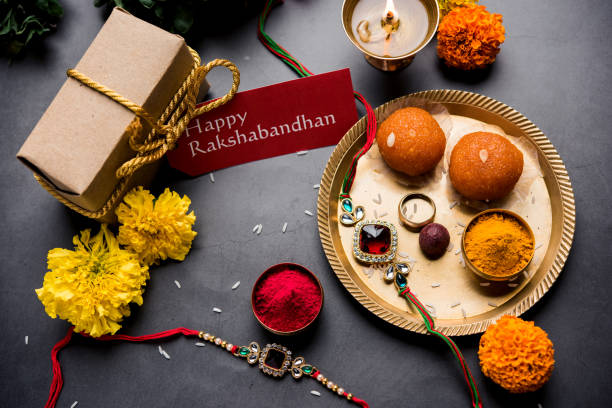
Raksha Bandhan is not just limited to biological siblings; it extends to cousins and close friends, highlighting the inclusive nature of the Beauty of Indian Culture. The day is filled with family gatherings, gift exchanges, and shared meals, strengthening familial bonds and emphasizing the importance of relationships in Indian society.
Diwali: The Festival of Lights
Diwali, the Festival of Lights, is another major celebration that showcases the Beauty of Indian Culture. This festival commemorates the return of Lord Rama to Ayodhya after 14 years of exile and his victory over the demon king Ravana. Homes and public spaces are illuminated with rows of oil lamps and electric lights, symbolizing the triumph of light over darkness and knowledge over ignorance.
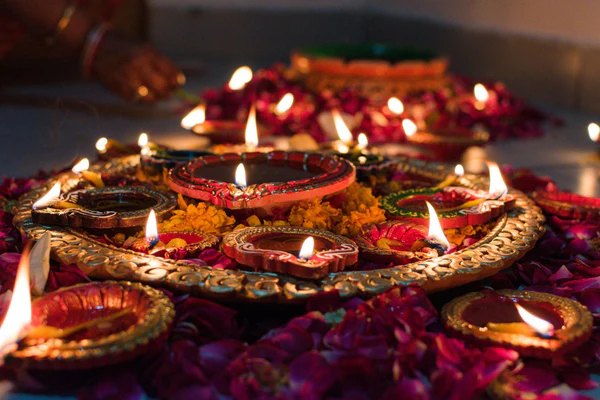
Diwali is a time for family reunions, feasting, and worship. Special prayers, or pujas, are conducted to seek blessings from the goddess Lakshmi, the deity of wealth and prosperity. The exchange of sweets and gifts, bursting of fireworks, and creation of intricate rangoli designs are integral to the Diwali celebrations, each reflecting different aspects of the Beauty of Indian Culture.
Navratri and Durga Puja: The Celebration of Divine Feminine Energy
Navratri, a nine-night festival, celebrates the divine feminine energy and the victory of good over evil. In many parts of India, Navratri is marked by vibrant dance forms like Garba and Dandiya Raas, particularly in the state of Gujarat. The Beauty of Indian Culture is vividly displayed in the colorful attire, rhythmic dances, and traditional music that characterize these celebrations.
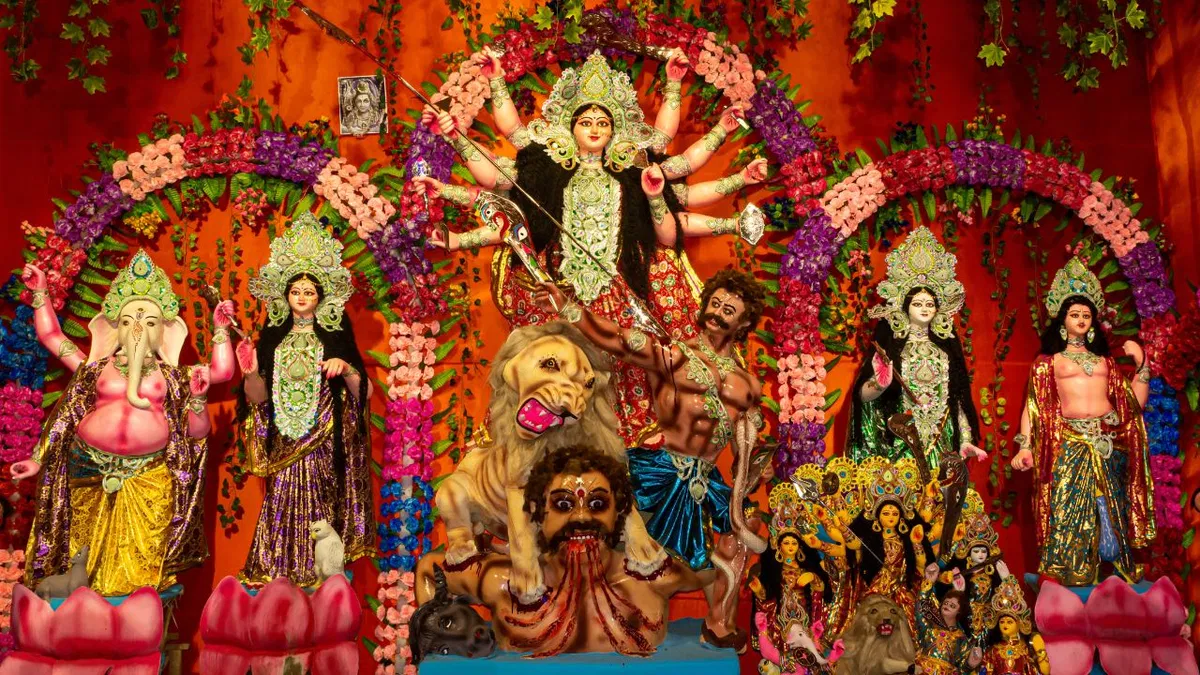
Durga Puja, primarily celebrated in West Bengal, is a major part of Navratri. It involves the creation of elaborate clay idols of Goddess Durga, which are worshiped with great devotion. The festivities include cultural performances, feasting, and the immersion of the idols in water bodies on the final day, symbolizing the goddess's return to her celestial abode. This festival showcases the artistic and devotional aspects of the Beauty of Indian Culture.
Eid: A Celebration of Faith and Community
Eid, celebrated by the Muslim community in India, adds to the rich tapestry of the Beauty of Indian Culture. There are two major Eid festivals: Eid al-Fitr, marking the end of Ramadan, the holy month of fasting, and Eid al-Adha, commemorating the willingness of Ibrahim to sacrifice his son in obedience to God.
Eid al-Fitr is a day of joy and gratitude, with special prayers, charity, feasting, and visiting friends and family. Traditional dishes like biryani, kebabs, and sweets like seviyan and sheer khurma are prepared and shared, reflecting the communal and generous spirit of the Beauty of Indian Culture.
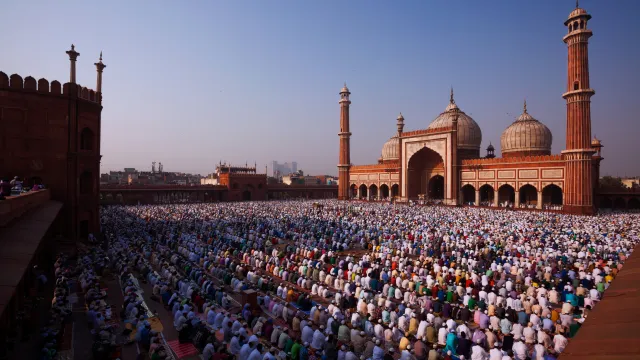
Eid al-Adha involves the ritual sacrifice of an animal, usually a goat or sheep, which is then distributed among family, friends, and the needy. This act of sharing reinforces the values of compassion and community, integral to the Beauty of Indian Culture.
Pongal: The Harvest Festival
Pongal, primarily celebrated in Tamil Nadu, is a four-day harvest festival that thanks the Sun God for a bountiful harvest. The festival is named after the traditional dish 'pongal,' made from the new harvest of rice boiled with milk and jaggery. Each day of Pongal has its significance and rituals, showcasing the agrarian roots and environmental consciousness embedded in the Beauty of Indian Culture.
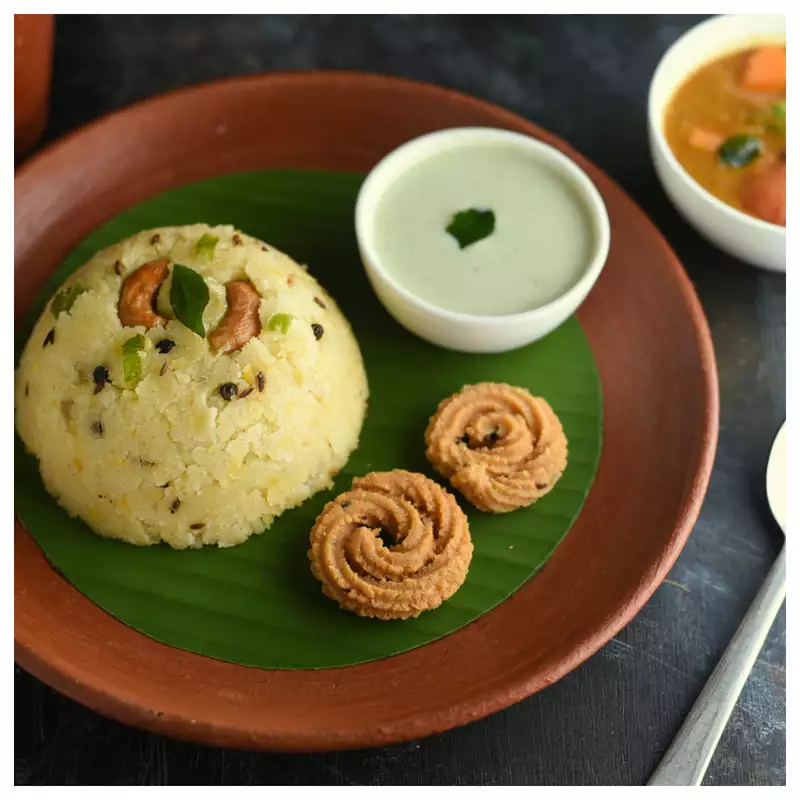
Homes are decorated with banana and mango leaves, and intricate kolam (rangoli) designs are drawn at the entrance. Traditional dances, music, and bull-taming sports like Jallikattu add to the festive atmosphere, reflecting the rural charm and vibrancy of the Beauty of Indian Culture.
Christmas: A Festive Harmony
Christmas in India, though a Christian festival, is celebrated with much enthusiasm across the country, adding to the Beauty of Indian Culture. Churches are decorated with lights, stars, and nativity scenes. Midnight Mass is an important tradition, followed by feasting and the exchange of gifts.

In many parts of India, Christmas is celebrated with local flavors, incorporating traditional Indian sweets and dishes alongside the usual Christmas fare. This blending of traditions showcases the syncretic essence of the Beauty of Indian Culture, where different cultural practices harmoniously coexist.
Conclusion
The Beauty of Indian Culture is a mesmerizing blend of traditions, festivals, and customs that reflect the country's diversity and unity. Each festival, whether it's Holi with its riot of colors, Raksha Bandhan with its celebration of sibling bonds, or Diwali with its illuminating lights, contributes to the rich cultural mosaic that defines India. The Beauty of Indian Culture lies in its ability to bring people together, foster communal harmony, and celebrate life with unparalleled fervor and joy. This cultural richness and diversity make India a truly unique and vibrant nation, where every festival is a testament to the timeless traditions and enduring spirit of its people.
0
0 Comment
